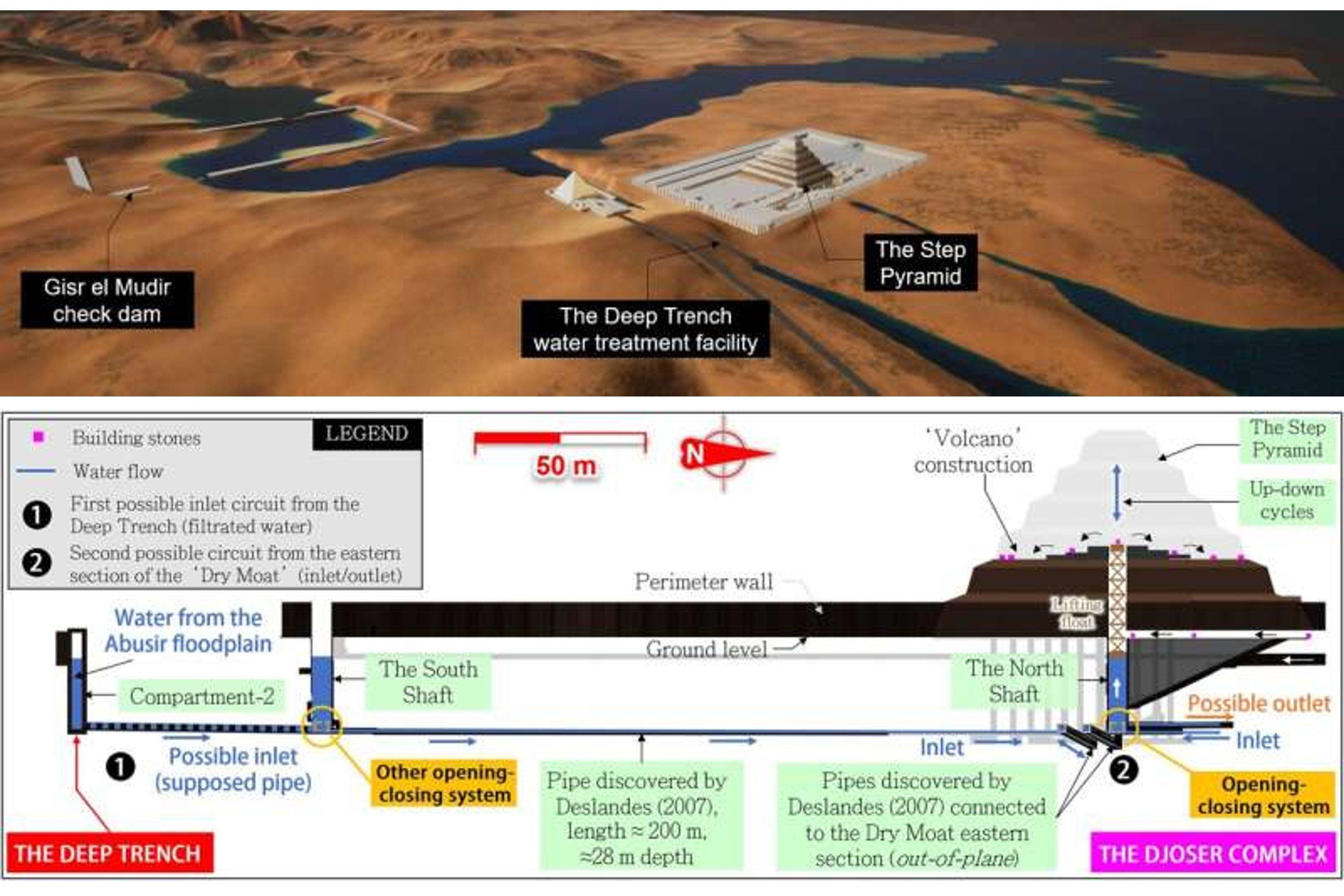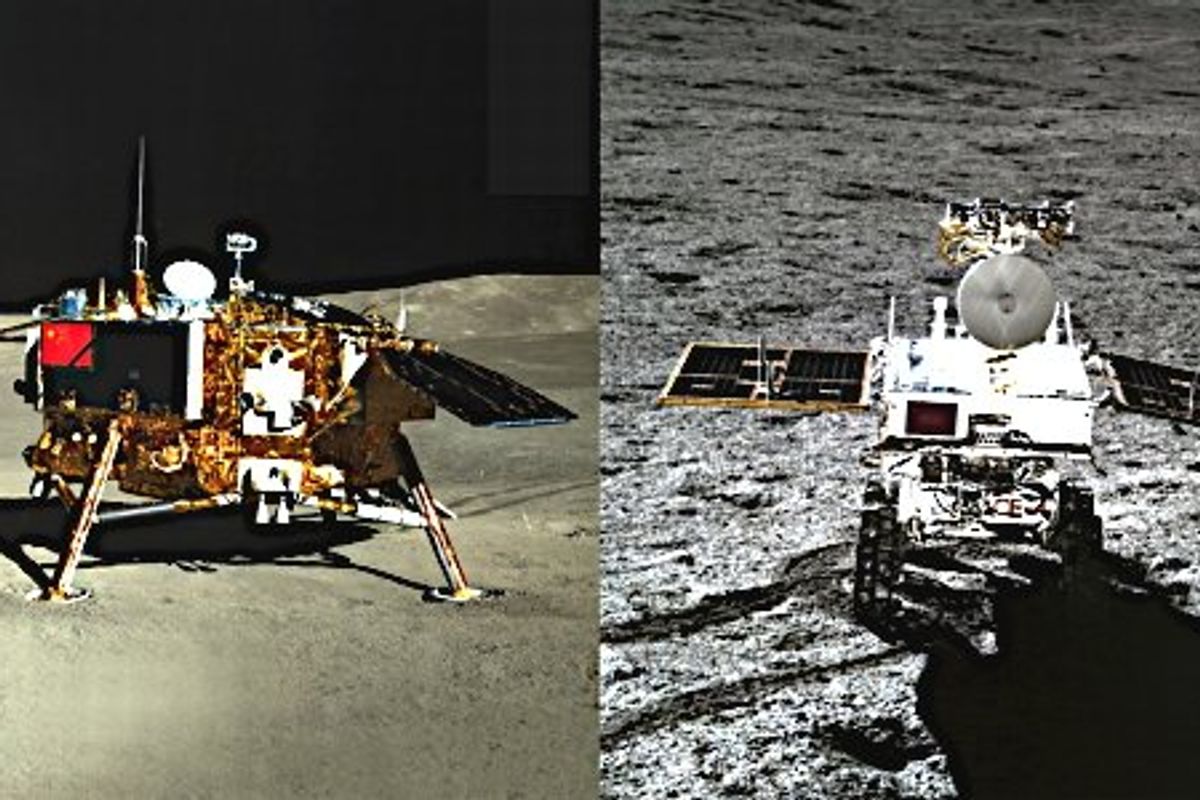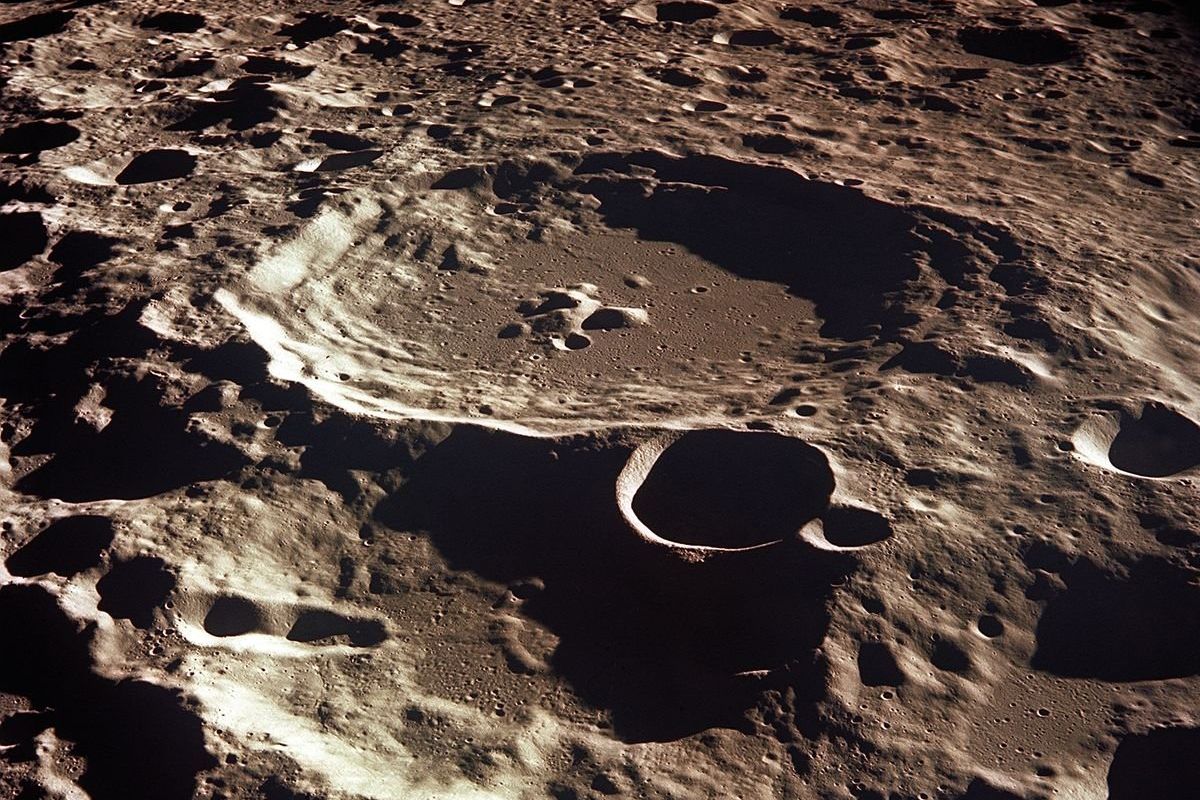have been a source of awe and mystified us for centuries.
impressive use of water.
Researchers have now found evidence to suggest that at least one of the grand ancient constructions was built with advanced technology far beyond what was previously assumed.
It is claimed that in 3052 BCE, a sophisticated hydraulic lift system was employed to build the Step Pyramid of Djoser, an structure dating back around 4,500 years.
Historically, it was thought that the Step Pyramid was built using a system of ramps and pulleys.
However, the latest analysis, led by Xavier Landreau of France's CEA Paleotechnic Institute, suggests that the Ancient Egyptians diverted nearby canals to power grain-lifting machinery.

The study indicates that water was allowed into two shafts situated directly within the pyramid, which were utilised for helping to lift and lower a float employed to transport the massive stone building blocks.
Old Egyptians are renowned for their groundbreaking work and expertise in hydrology, specifically in creating canals for irrigation and barges to carry massive stone blocks.
“This work has pioneered a new area of study: the strategic application of hydraulic force in the construction of monumental structures commissioned by Pharaohs.”
The Step Pyramid is thought to have been constructed around 2680 BCE as a burial site for Pharaoh Djoser of the Third Dynasty. However, the exact technique used in its construction has long been unclear.
Landreau and his colleagues claim that a nearby previously-unidentified structure, called the Gisr el-Mudir enclosure, was, in fact, a "check dam" used to collect water and sediment.
They also suggest that a series of underground compartments near the pyramid possibly served as a water treatment facility. This would have allowed sediment to settle as water passed through each stage.
From there, after flowing into the pyramid's shafts themselves, the pressurised water would have floated the building stones towards the upper levels of the structure via an internal lift shaft, in a process known as "volcano" construction.

However, while the authors are certain that "the internal architecture of the Step Pyramid is consistent with a hydraulic elevation device never reported previously," they acknowledge that further investigation is required.
They are now seeking to determine how water might have flowed through the shafts, along with the quantity of water that was present in the surrounding area thousands of years ago.
The team suggests that, while other structures like ramps were probably utilised to aid the pyramid's construction, a hydraulic lift system could have been used to assist the building process when water was available.
They stress that their research, conducted in collaboration with “several national laboratories”, has led to “the discovery of a dam, a water treatment facility, and a hydraulic elevator, which would have enabled the construction of the Step Pyramid of Saqqara.”
They conclude: "This work opens a new route of investigation for the scientific community: the utilisation of hydraulic power to construct the pyramids of Egypt."
Sign up I'm afraid there's no text to paraphrase. Please provide the text you would like me to paraphrase.
How to join The Indy 100's free WhatsApp channel
Share your thoughts in our online discussion forum. Join the conversation about this article in the comments section.


